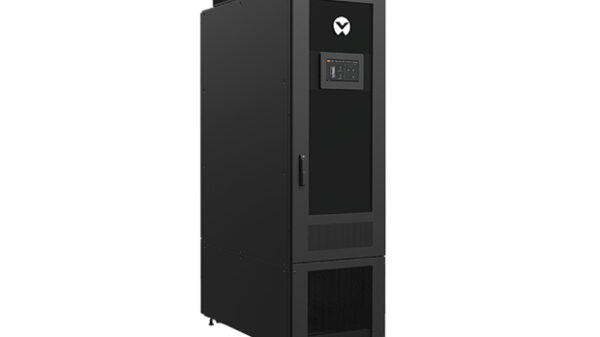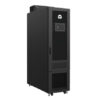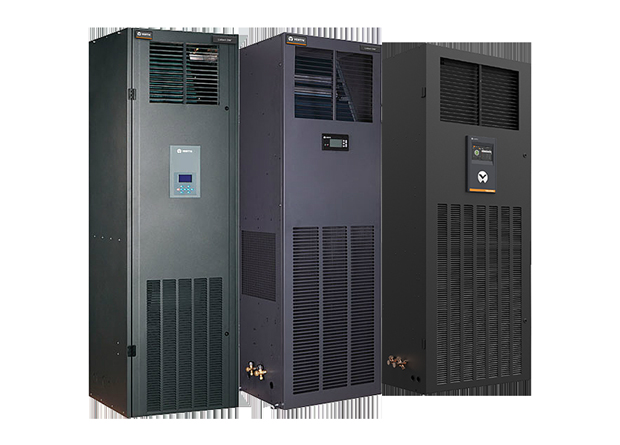Avaya has announced its Software-Defined Data Center framework, designed to deliver productivity, agility and time-to-service enhancements to businesses operating highly virtualized data centers. The Avaya Software-Defined Data Center (SDDC) framework aims to break down traditional data center silos that require weeks or months to turn up an application and replace it with a simple five-step process that takes minutes.
 The Avaya SDDC framework includes an orchestration process that combines, customizes and commissions compute, storage and network components. Use of the OpenStack cloud computing platform will allow data center administrations to deploy virtual machines, assign storage and configure networks through a single graphical user interface. Avaya Fabric Connect further enhances the OpenStack environment by removing restrictions in traditional Ethernet VLAN / Spanning Tree-based networks to enable a more dynamic, flexible and scalable network services model than exists today.
The Avaya SDDC framework includes an orchestration process that combines, customizes and commissions compute, storage and network components. Use of the OpenStack cloud computing platform will allow data center administrations to deploy virtual machines, assign storage and configure networks through a single graphical user interface. Avaya Fabric Connect further enhances the OpenStack environment by removing restrictions in traditional Ethernet VLAN / Spanning Tree-based networks to enable a more dynamic, flexible and scalable network services model than exists today.
The Avaya SDDC framework is based on: Avaya Fabric Connect technology as the virtual backbone to interconnect resource pools within and between data centers with increased flexibility and scale; an Avaya OpenStack Horizon-based Management Platform, delivering orchestration for compute (Nova), storage (Cinder/Swift) and network via Avaya Fabric Connect (Neutron); and open APIs into the Avaya Fabric Connect architecture for ease of integration, customization and interoperability with other Software-Defined Networking architectures.
Avaya’s Software-Defined Data Center framework is the first phase of Avaya’s Software-Defined Networking roadmap. Avaya Fabric Connect is available today on a range of networking platforms including Virtual Service Platform 9000, Ethernet Routing Switch 8800, Virtual Services Platform 7000 and Virtual Services Platform 4000. The Avaya Horizon-based Management Platform and open APIs will be generally available next year. Future initiatives include the extension of Fabric Connect and Orchestration to deliver end-to-end service creation and delivery from data center to desktop.
















































































































